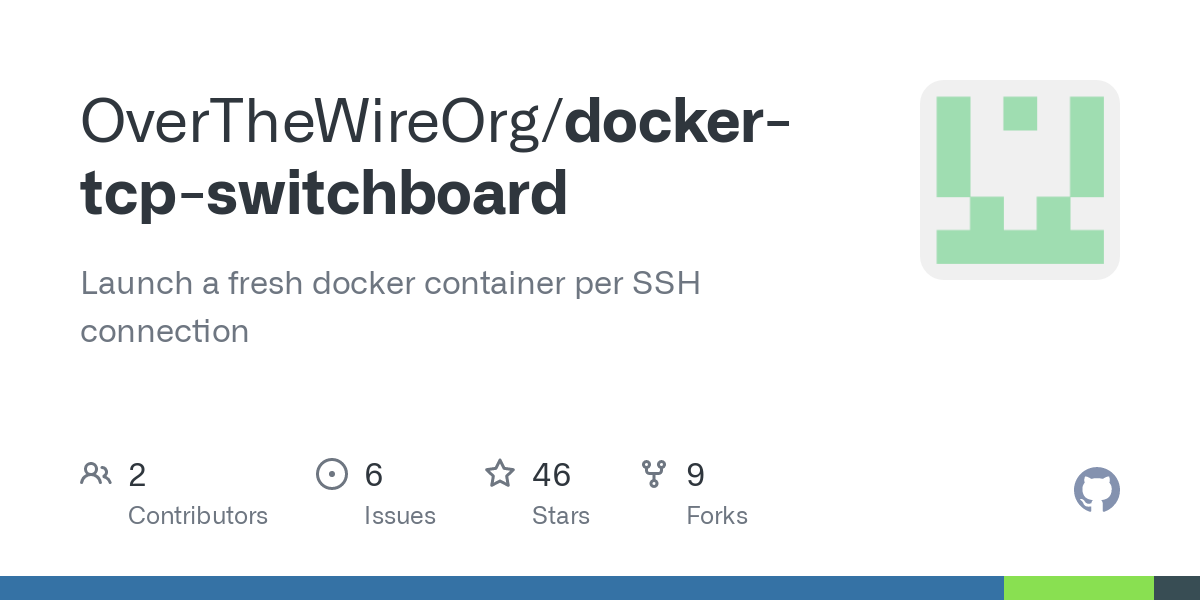- 16 Posts
- 218 Comments

 5·21 days ago
5·21 days agoYes, it’s worth using. It’s fairly easy to install, as it’s almost always packaged, and that makes it easy to use.
But it’s not really enough. For example, tools like Lynis usually miss containers.
A modern version of this stuff, I would probably recommend scanning all running containers with something like trivy, and then deploying wazuh on the machines. Wazuh can scan the system for misconfigurations in a similar manner to Lynis, but it is also capable of acting as a central logging server and a few other things.

 1·21 days ago
1·21 days agoMaybe nginx proxy manager can do this.

 3·28 days ago
3·28 days agoI took a look through the twitter, which someone mentioned in another thread.
Given the 4chan like aestetic of your twitter post, I decided to take a look through the boards and it only took me less than a minute to find the n word being used.
Oh, and all the accounts are truly anonymous, rather than pseudoanonymous, which must make moderation a nightmare. Moderation being technically possible doesn’t make it easy or practical to do.
I don’t want an unmoderated experience by default, either.
No, I’m good. I think I’ll stay far away from plebbit.

 3·28 days ago
3·28 days agoTo be pedantic, lemmy is federated, rather than decentralized (e.g. a direct p2p architecture).
With decentralization, moderation is much harder than federation, so many people aren’t a fan.

 1·28 days ago
1·28 days agoI’m not spotting it. “AI” is only mentioned once.
The key and secret in the docker compose don’t seem to be API keys, but keys for directus itself (which upon a careful reread of the article, I realize is not FOSS, which might be anpther reason people don’t like it").
Directus does seem to have some integration with openai, but it requires at least an api key and this blog post doesn’t mention any of that.
The current setup they are using doesn’t seem to actually connect to openai at all.

 2·30 days ago
2·30 days agoThere are a few reasons why I really like it being public, even though it means I have to be careful not to share sensitive stuff.
- It creates a portfolio for me (I’m an undergrad) because I document my projects on there
- When asking for help with certain complex things, it’s really easy to simply link to my blog, since I document almost everything I’ve tried and why it did or didn’t work. Here’s a recent example
- I can share cool stuff I have saved, like my lists of learning resources or lists of software, with others easily.

 4·1 month ago
4·1 month agoThis isn’t exactly what you want. But I use a static site generator, with a fulltext search engine (that operates entirely locally!), called quarto. (although there are other options).
Although I call it a “blog”, it really is more of a personal data dump for me, where I put all my notes down and also record all my processes as I work through projects. Whenever I am redoing something I know I did in an old project, or something I saved here (but disguised as a blogpost), I can just search for it.
Here is my site: https://moonpiedumplings.github.io/ . You can try search at the top right (requires javascript).

 2·1 month ago
2·1 month agoLol I misread it too.

 3·1 month ago
3·1 month agoThere is literally no way to do performant e2ee at large scale. e2ee works by encrypting every message for every recipient, on the users device.
At 1000 users, that’s basically a public room.

 4·1 month ago
4·1 month agoI think a browser extension, similar to tor snowflake would be a good way to do this.

 5·1 month ago
5·1 month agoThere a source port of at least portal 1.
https://github.com/AruMoon/source-engine
Here’s the active fork of the original project. Going through the issues of the original project, it seems to have support for building for 64 bit platforms.
No portal 2 support though. Although mentioned in the issues of nileusr’s repo is this: https://github.com/EpicSentry/P2ASW , which is interesting

 2·1 month ago
2·1 month agoYou should look into “Configuration as code”, where you use automation via various methods and store the code in a git repo. The other commenter in the thread is a good example of this methodology, using Terraform and Ansible, but there are many ways to do this.

 2·1 month ago
2·1 month agoThis is only one half of the open source. Those scripts are not poweshell or bash scripts, but instead something simimar to Ansible, run through the Windows AME wizard.
Which I cannot find the source code for. Great!
I think this is the command line onlu version, but the GUI versiom appears to be closed source.

 4·1 month ago
4·1 month agoNo, this one is different. It’s not an ISO you download (those are extremely sus and you would be right to be skeptical of them), but instead an open source set of scripts you apply to an existing Windows OS.
Edit: see my comment below, it seems to be partially closed source.

 1·1 month ago
1·1 month agoThere are open source tools for analyzing if github stars are fake, and they work reliably.
The kind of people that fake reviews/stars target are not the kind of people that are going to be verifying things.
As long as Amazon doesn’t crack down, there isn’t really a need to game the system.

 01·1 month ago
01·1 month agoI think the mistake is they titled it “The last note taking app you’ll ever need” instead of “The last note taking app I’lll ever need”
Yes, seriously. The article seems to talk mostly about their personal usecases, which is fine. This app is great and it works for them. But it won’t work for everybody and the title should probably respect that instead of having a grating title that evokes a knee jerk reaction.
Databases are annoying it is legitimately more difficult to export data from a database to another, than it is to copy markdown notes from one folder to another. In addition to that, there are also tools that process markdown and do cool stuff with, like pandoc, beamer, revealjs, etc, which can’t really be done with the more opaque database format.
Also this notetaking service only appears to work while online. Again, fine for them — but a dealbreaker for many people.

 2·7 months ago
2·7 months agoI made an ansible role for this:
https://github.com/CSUN-CCDC/ccdc-2024/tree/main/linux/ansible/roles/docker
It was designed for a cybersecurity competition, and can back up containers and volumes. The volume back up works by creating another container and then mounting the volume to that container, and within that container a simple tar backup is ran.
You’re probably going to end up on Jitsi meet, but I’m also going to drop a recommendation for bigbluebutton.
I recently noticed that it was integrated into the open source Learning-Management-System Canvas, which every school I have gone to so far uses.
Although bigbluebutton doesn’t seem to explicitly support e2ee (but maybe this counts for something), if you are already using Canvas, BigBlueButton definitely worth looking at.
I really, really wish people at my school would use the integrated bigbluebutton instead of using zoom, especially given I’ve seen people occasionally have issues with authentication for zoom, but all of that stuff is handled with bigbluebutton because it’s fully browser based and integrated into Canvas.









No, because it has a “termination clause”, where if Watcom is suing you you can’t use the software anymore while you are
https://en.m.wikipedia.org/wiki/Sybase_Open_Watcom_Public_License
See the first bit, and the linked discussion by Debian developers.